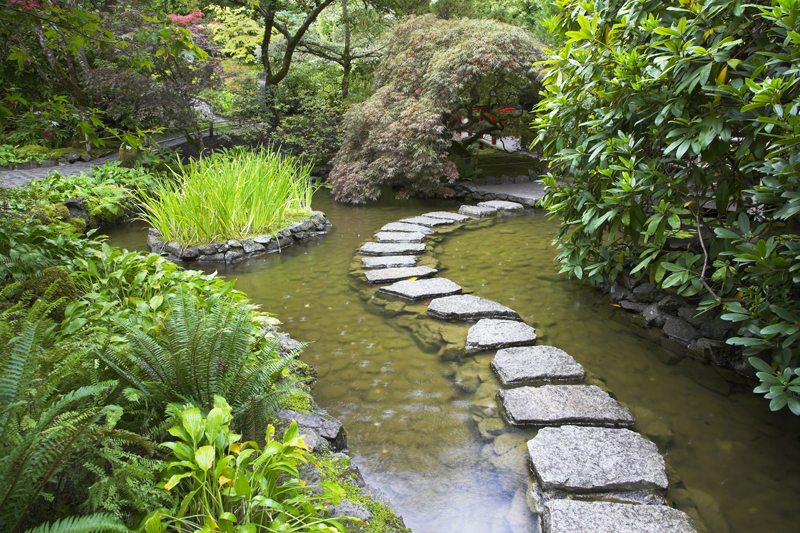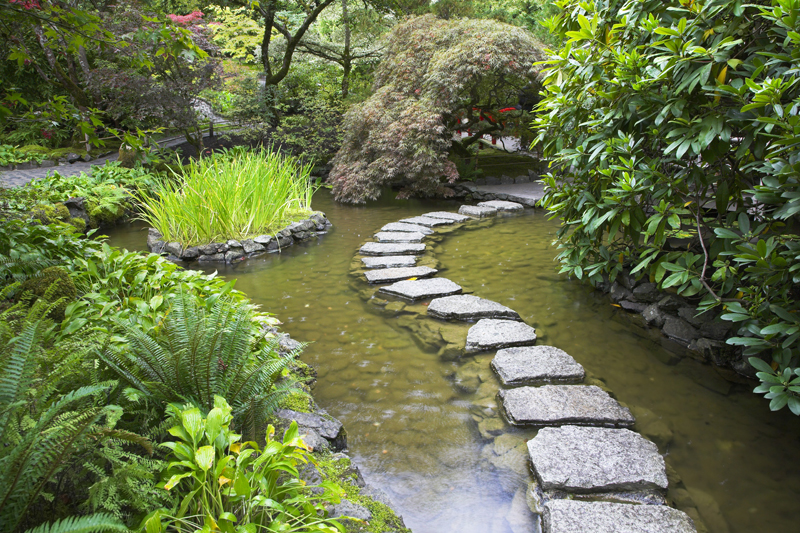Some Crocus for Pollinator Gardens

All crocus species are sources of nectar and pollen. However, certain species/and or varieties are more beneficial to pollinators than others. The following species are highly recommended for pollinator gardens.
Crocuses are members of the Iris family. All of the crocus can be considered heirloom plants since they were grown in Colonial America.
Golden crocus (Crocus chrysanthus)
Hardy to zone four, golden crocus is native to Asia Minor, Greece, and some parts of Europe. It is hardy to zone four.
The very narrow leaves are keeled and up to an inch in length. The foliage can appear with the blossoms or just as the flowers begin blooming. Flowering typically takes place in February and March.
The blooms are three inches in height. They are typically gold or orange. However, the exact color can vary according to the variety. One variety bears white blooms with a yellow throat. There is also a lavender colored one as well.
Most of the golden crocus varieties are hybrids. Some excellent varieties of this species are especially good sources of nectar and pollen.
Some of the recommended varieties for pollinator gardens include E.P. Bowles, Ladykiller, Gipsy Girl, Dorothy, Cream Beauty, and Blue Pearl.
Bieberstein’s crocus (Crocus speciosum)
Bieberstein’s crocus is hardy to zone five. It is native to Europe and Asia Minor. This species could also be called showy crocus since its Latin species name refers to the showy blossoms. Unlike most other crocus, it blooms in September and October. The pale blue to blue-violet blossoms have vivid orange stigmas or anthers.
The petals are two inches in length. These flowers can be three to six inches in height.
There is a wild variety of this species that has the largest blossoms of all the wild crocus.
Tomasini’s crocus (Crocus tomasinianus)
For whatever reason, this crocus apparently has no appeal to squirrels for they leave this plant alone. This species is native to Hungary and Bulgaria. It is hardy to zone five.
This plant is only three inches in height. The leaves emerge before the flowers. Flowering is usually in February and March.
It is one of the earliest blooming crocus as it begins blooming in late winter. The flowers are three inches tall and up to 5 ½ inches in length. They are mauve lilac to lilac with a white throat. The outside of the blooms can be creamy to silver. This crocus is particularly recommended for naturalizing.
Common or Dutch crocus (Crocus vernus)
Native to Russia, Italy, and some other parts of Europe, this crocus is suited to zones four through nine. These plants are four inches tall.
The Dutch crocus are either hybrids or selections of the species. They feature very large blooms. The vigorous plants bloom for a very long period—from early spring onward.
The common crocus has narrow foliage that is present when the plant is blooming. Flowering takes place in April for about two weeks. The solitary blooms are up to six inches in height.
These crocus come in a wide range of colors, including purple, lilac, blue, yellow, white, and striped. The flowers are especially rich in nectar and pollen.
Some excellent varieties for pollinators include Purpurea Grandiflora, Pickwick, Golden Yellow Mammoth, Joan of Arc and Flower Record.
Saffron Crocus (Crocus sativus)
This species is not a good choice for pollinator gardens because the saffron is harvested as soon as the blooms begin to open, often as soon as the sun rises in the morning. So, pollinators never have a chance to benefit from the nectar and pollen from the flowers.
Crocuses are members of the Iris family. All of the crocus can be considered heirloom plants since they were grown in Colonial America.
Golden crocus (Crocus chrysanthus)
Hardy to zone four, golden crocus is native to Asia Minor, Greece, and some parts of Europe. It is hardy to zone four.
The very narrow leaves are keeled and up to an inch in length. The foliage can appear with the blossoms or just as the flowers begin blooming. Flowering typically takes place in February and March.
The blooms are three inches in height. They are typically gold or orange. However, the exact color can vary according to the variety. One variety bears white blooms with a yellow throat. There is also a lavender colored one as well.
Most of the golden crocus varieties are hybrids. Some excellent varieties of this species are especially good sources of nectar and pollen.
Some of the recommended varieties for pollinator gardens include E.P. Bowles, Ladykiller, Gipsy Girl, Dorothy, Cream Beauty, and Blue Pearl.
Bieberstein’s crocus (Crocus speciosum)
Bieberstein’s crocus is hardy to zone five. It is native to Europe and Asia Minor. This species could also be called showy crocus since its Latin species name refers to the showy blossoms. Unlike most other crocus, it blooms in September and October. The pale blue to blue-violet blossoms have vivid orange stigmas or anthers.
The petals are two inches in length. These flowers can be three to six inches in height.
There is a wild variety of this species that has the largest blossoms of all the wild crocus.
Tomasini’s crocus (Crocus tomasinianus)
For whatever reason, this crocus apparently has no appeal to squirrels for they leave this plant alone. This species is native to Hungary and Bulgaria. It is hardy to zone five.
This plant is only three inches in height. The leaves emerge before the flowers. Flowering is usually in February and March.
It is one of the earliest blooming crocus as it begins blooming in late winter. The flowers are three inches tall and up to 5 ½ inches in length. They are mauve lilac to lilac with a white throat. The outside of the blooms can be creamy to silver. This crocus is particularly recommended for naturalizing.
Common or Dutch crocus (Crocus vernus)
Native to Russia, Italy, and some other parts of Europe, this crocus is suited to zones four through nine. These plants are four inches tall.
The Dutch crocus are either hybrids or selections of the species. They feature very large blooms. The vigorous plants bloom for a very long period—from early spring onward.
The common crocus has narrow foliage that is present when the plant is blooming. Flowering takes place in April for about two weeks. The solitary blooms are up to six inches in height.
These crocus come in a wide range of colors, including purple, lilac, blue, yellow, white, and striped. The flowers are especially rich in nectar and pollen.
Some excellent varieties for pollinators include Purpurea Grandiflora, Pickwick, Golden Yellow Mammoth, Joan of Arc and Flower Record.
Saffron Crocus (Crocus sativus)
This species is not a good choice for pollinator gardens because the saffron is harvested as soon as the blooms begin to open, often as soon as the sun rises in the morning. So, pollinators never have a chance to benefit from the nectar and pollen from the flowers.

Related Articles
Editor's Picks Articles
Top Ten Articles
Previous Features
Site Map
Content copyright © 2023 by Connie Krochmal. All rights reserved.
This content was written by Connie Krochmal. If you wish to use this content in any manner, you need written permission. Contact Connie Krochmal for details.



